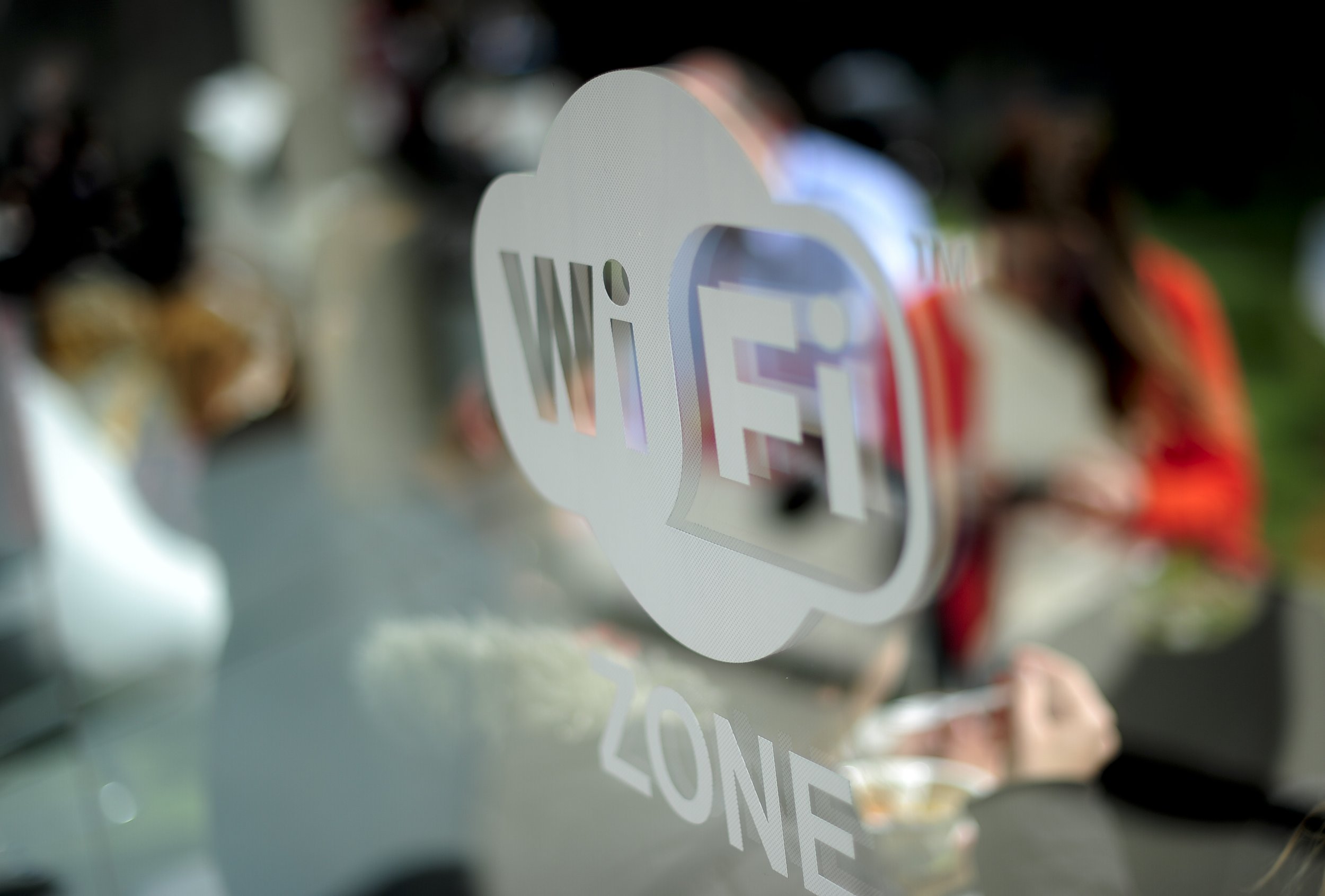
Got a lousy wireless internet signal? Stick some aluminum foil on there in the right shape and you're all set, according to a new project from researchers at Dartmouth College. Results from the project were presented Wednesday at a conference in the Netherlands, according to a press release. But there's more niftiness in store.
A soda can sitting in just the right place—in the back of a Wi-Fi source—can boost the signal. The Dartmouth researchers wanted to capture and enhance that effect in a cheap and user-friendly way. They used a 3-D printer to create a small "reflector" that strengthens Wi-Fi signals.
Although other techniques exist to make a Wi-Fi signal stronger in one direction, the best options cost quite a bit of money or are difficult to configure. According to Xia Zhou, a computer science professor at Dartmouth and one of the researchers who wrote a paper describing the team's work, their solution costs $35 and takes about 23 minutes.
Reflectors work because the signal literally bounces off of the material. Aluminum foil will work too, Zhou said. This trick has been around since at least 2007, but this appears to be the first scientific description of the technique. Presumably, this trick costs even less than the researcher's estimate if you've already got aluminum foil on hand. Or a pasta colander. Or a soda can.
But, says Zhou, it's not optimal. "The thing with aluminum foil, you can easily create wrinkles around the surface. You don't want that." A very smooth surface would be best.
The advantage of the 3D-printed reflector over a "keep wiggling the tin foil around until the signal improves" strategy is its precision. Zhou explained that the researchers developed an algorithm to optimize the reflectors from the start.
"We're controlling a continuous 3-D surface. There are a lot of parameters that you can play with and have very fine-grained control about how the signals are bounced around," Zhou said. The technique may be even more useful for signals with a higher frequency than the average Wi-Fi network, because some of the Wi-Fi signal can get through the reflector, she noted.
When done properly, a reflector can boost the signal by more than 50 percent or cut the signal in other areas by 63 percent. Cutting the signal in certain places could be useful for security reasons, the authors noted. You can't hack a Wi-Fi network that doesn't reach a space.
Uncommon Knowledge
Newsweek is committed to challenging conventional wisdom and finding connections in the search for common ground.
Newsweek is committed to challenging conventional wisdom and finding connections in the search for common ground.
About the writer
Kate Sheridan is a science writer. She's previously written for STAT, Hakai Magazine, the Montreal Gazette, and other digital and ... Read more
To read how Newsweek uses AI as a newsroom tool, Click here.






